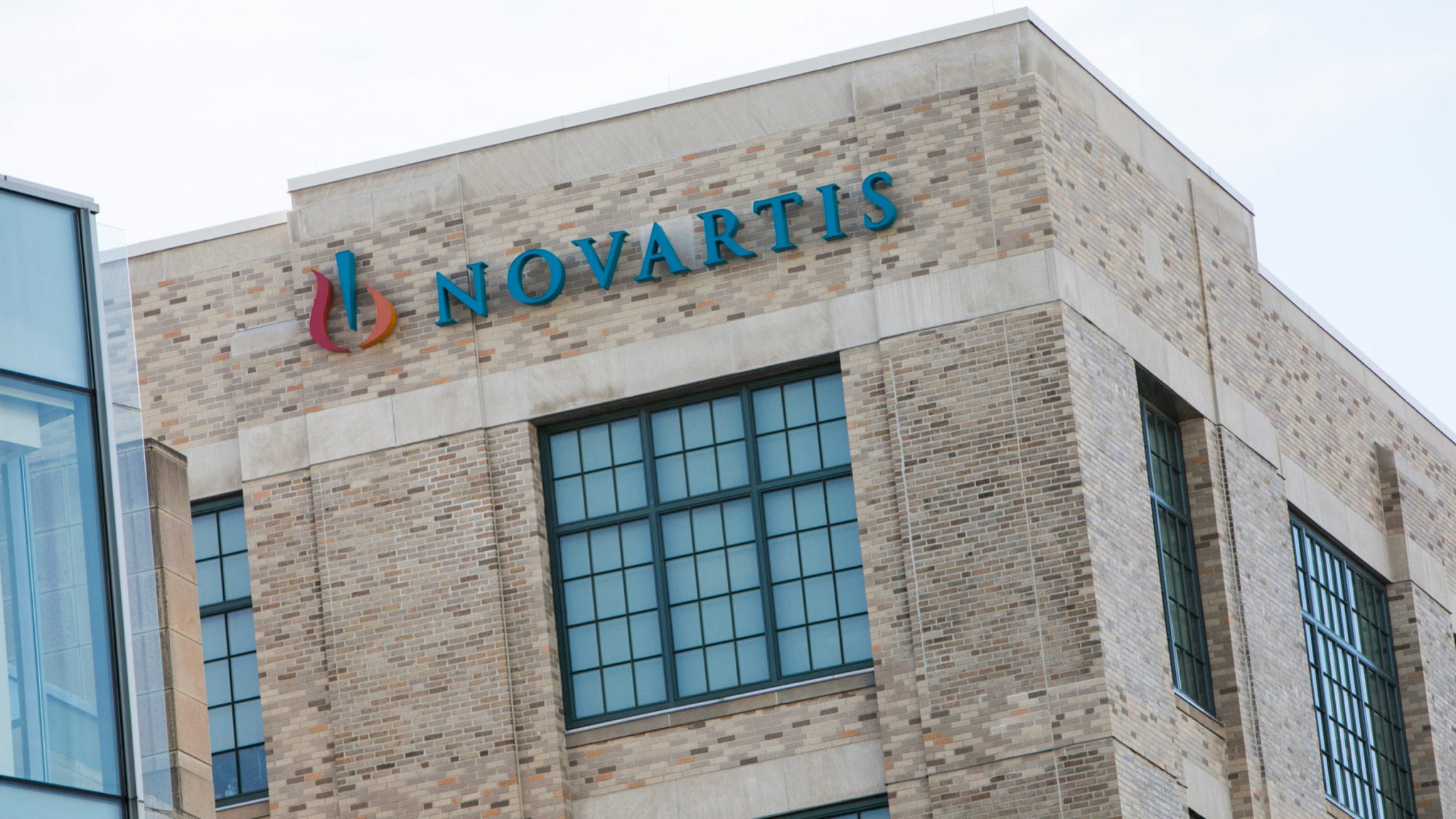
Novartis' Entresto, facing a big comeback in hard-to-treat heart failure patients, scores FDA nod after adcomm cakewalk
Hard-and-fast rules in drug development are hard to come by, but one has long been the standard for market approvals — you have to hit your …
Sign up to read this article for free.
Get free access to a limited number of articles, plus choose newsletters to get straight to your inbox.